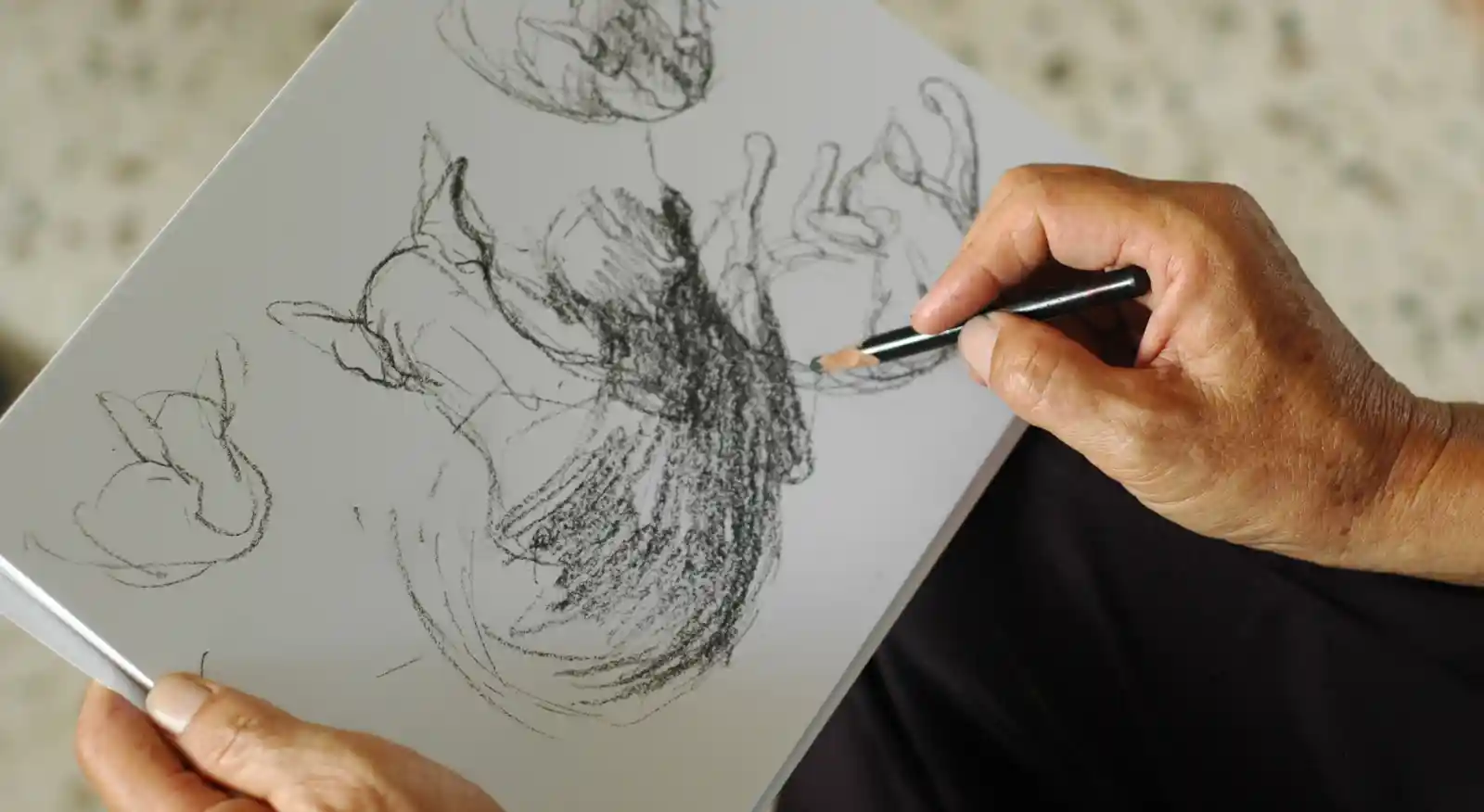
How to Get Better at Drawing: Simple Tips to Improve Your Skills
Drawing is a wonderful way to express yourself. Whether you’re a complete beginner or someone who enjoys doodling in your free time, it’s always possible to improve. Like any skill, getting better at drawing takes practice, patience, and a little guidance.
In this blog, we’ll share easy, practical tips that anyone can follow — from kids to adults — to become better at drawing. These methods are fun, effective, and don’t require expensive tools or art degrees. All you need is a pencil, paper, and the willingness to learn.
Why Improve Your Drawing Skills?
Before we jump into the “how,” let’s explore the “why.” Drawing is more than just creating pictures. It helps you:
- Boost your creativity
- Relax and reduce stress
- Improve focus and patience
- Develop fine motor skills
- Build self-confidence
Even a few minutes of drawing a day can make a big difference over time.
1. Draw Every Day — Even for Just 10 Minutes
Like learning a language or musical instrument, drawing improves with regular practice. The more you draw, the more natural it becomes.
You don’t need to create a masterpiece every day. Just sketch something small — your hand, a cup, a flower, or even a cartoon face. The key is to build the habit.
Tip: Keep a small sketchbook and pencil with you. Use free moments to doodle or practice shapes.
2. Start Simple – Focus on Shapes
Most complex drawings are made up of basic shapes like circles, squares, triangles, and lines. Practicing these helps you understand structure and balance.
Try this:
- Draw a circle and turn it into a face.
- Use squares to build a house.
- Combine shapes to draw animals.
This step is great for kids and adults alike. It builds a strong foundation before moving on to detailed drawings.
3. Copy What You See (Not What You Think You See)
One of the most powerful ways to improve is by drawing from real life. Look at objects around you — your phone, a water bottle, your pet — and try to sketch them.
Focus on:
- Shapes and outlines
- Light and shadows
- Proportions (size and position of parts)
This trains your eyes to observe better and improves your hand-eye coordination.
4. Use Step-by-Step Guides or Tutorials
Don’t know where to start? Use drawing books or online tutorials that break drawings into simple steps. These are especially useful for beginners and children.
Websites and YouTube channels offer tutorials on everything — from drawing animals and people to anime, nature, and fantasy worlds.
Bonus: Art Journey offers guided art lessons in Singapore, including beginner drawing classes where students learn step-by-step in a fun environment.
5. Don’t Fear Mistakes – Learn from Them
Mistakes are part of the learning process. Instead of getting upset when a drawing doesn’t go right, ask:
- What part didn’t look right?
- Can I try it again using different shapes or lines?
Keep all your sketches — even the “bad” ones. You’ll be surprised how much you improve over time.
6. Experiment with New Tools and Styles
Once you’re comfortable with pencils and paper, try:
- Colored pencils, markers, or crayons
- Charcoal or pens
- Digital drawing tools like tablets or apps
- Exploring styles like cartoons, abstract, realism, or manga
Trying different tools keeps things exciting and helps you find your personal style.
7. Take a Class or Workshop
Sometimes, learning from a teacher makes all the difference. Art classes give you:
- Step-by-step guidance
- Instant feedback
- A chance to meet others who love drawing
- Motivation to stay consistent
At Art Journey in Singapore, we offer drawing and painting classes for kids and adults. Whether you’re just starting or looking to improve, our instructors can help you level up in a fun, relaxed way.
8. Join Drawing Challenges or Use Prompts
When you’re not sure what to draw, prompts can help. Try:
- Daily drawing challenges (like “Draw something blue today”)
- Themed weeks (animals, food, fantasy)
- Prompt books or flashcards
These help spark creativity and push you out of your comfort zone.
9. Use References, But Add Your Own Twist
It’s okay to look at other artists’ work for inspiration. Copying for practice is fine — just don’t claim it as your own. Over time, try changing small details to add your own twist:
- Change colors
- Add new elements
- Combine two ideas into one drawing
Eventually, you’ll find your own drawing style.
10. Track Your Progress
Every few weeks, look back at your old drawings. Compare them to your new ones. You’ll likely see:
- Better shapes and proportions
- More creative ideas
- Improved control with your tools
This builds confidence and reminds you that progress is happening — even if it’s slow.
